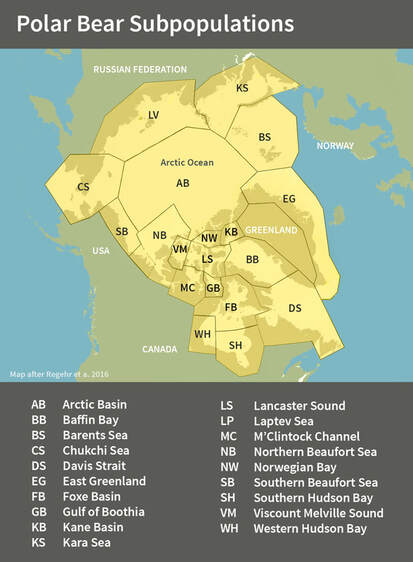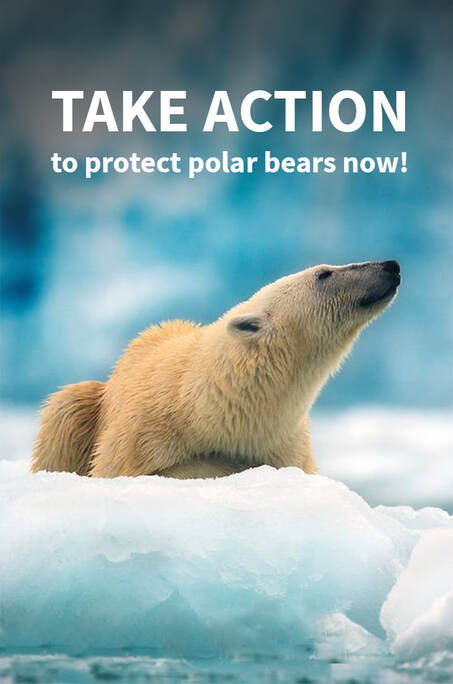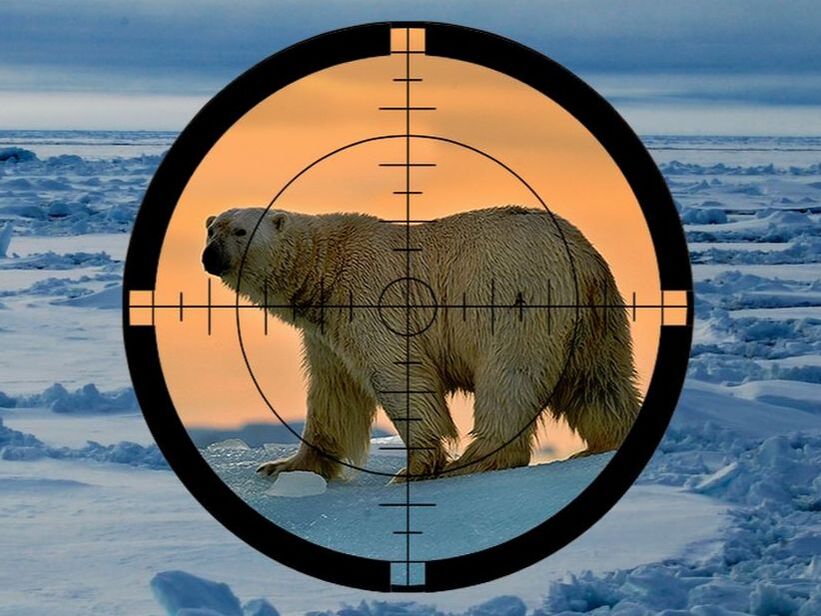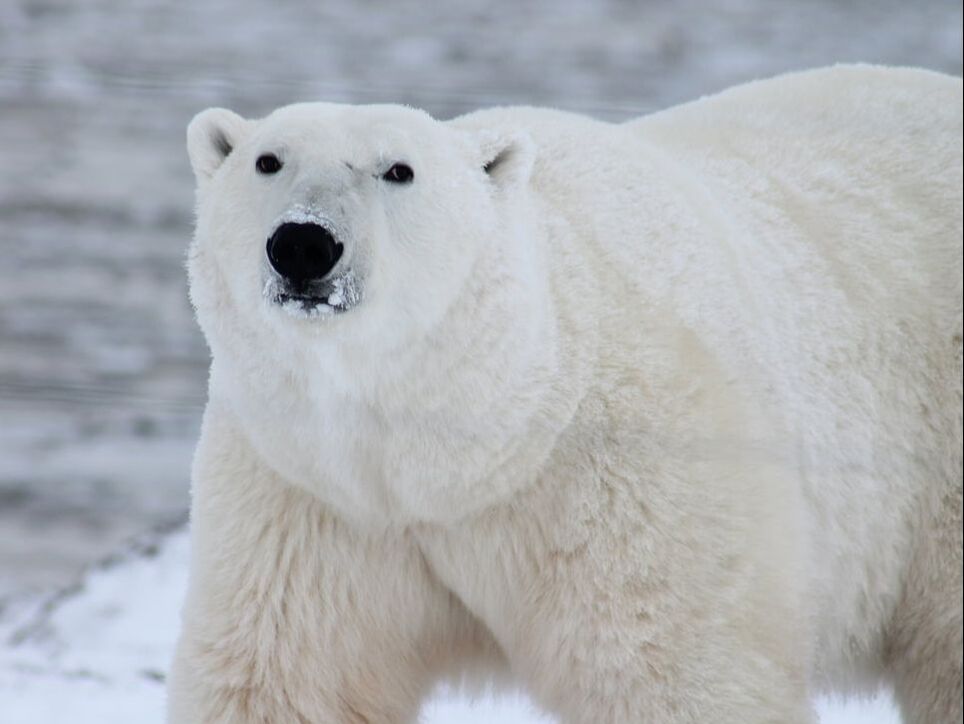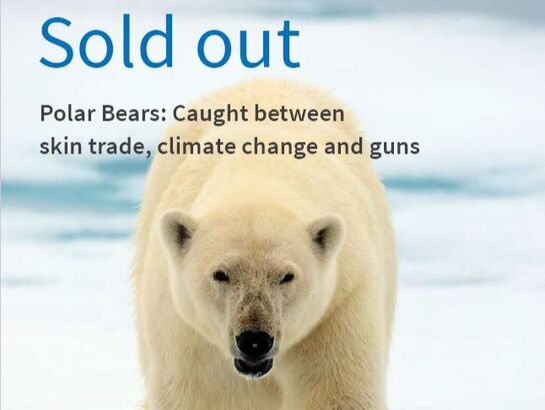POLAR BEAR FACTS
|
Polar bears are the world's biggest bears and the largest land carnivores. They thrive in an arctic world of snow and ice where temperatures can drop to -50° degrees Centigrade - that's more than twice as cold as an average freezer! |
